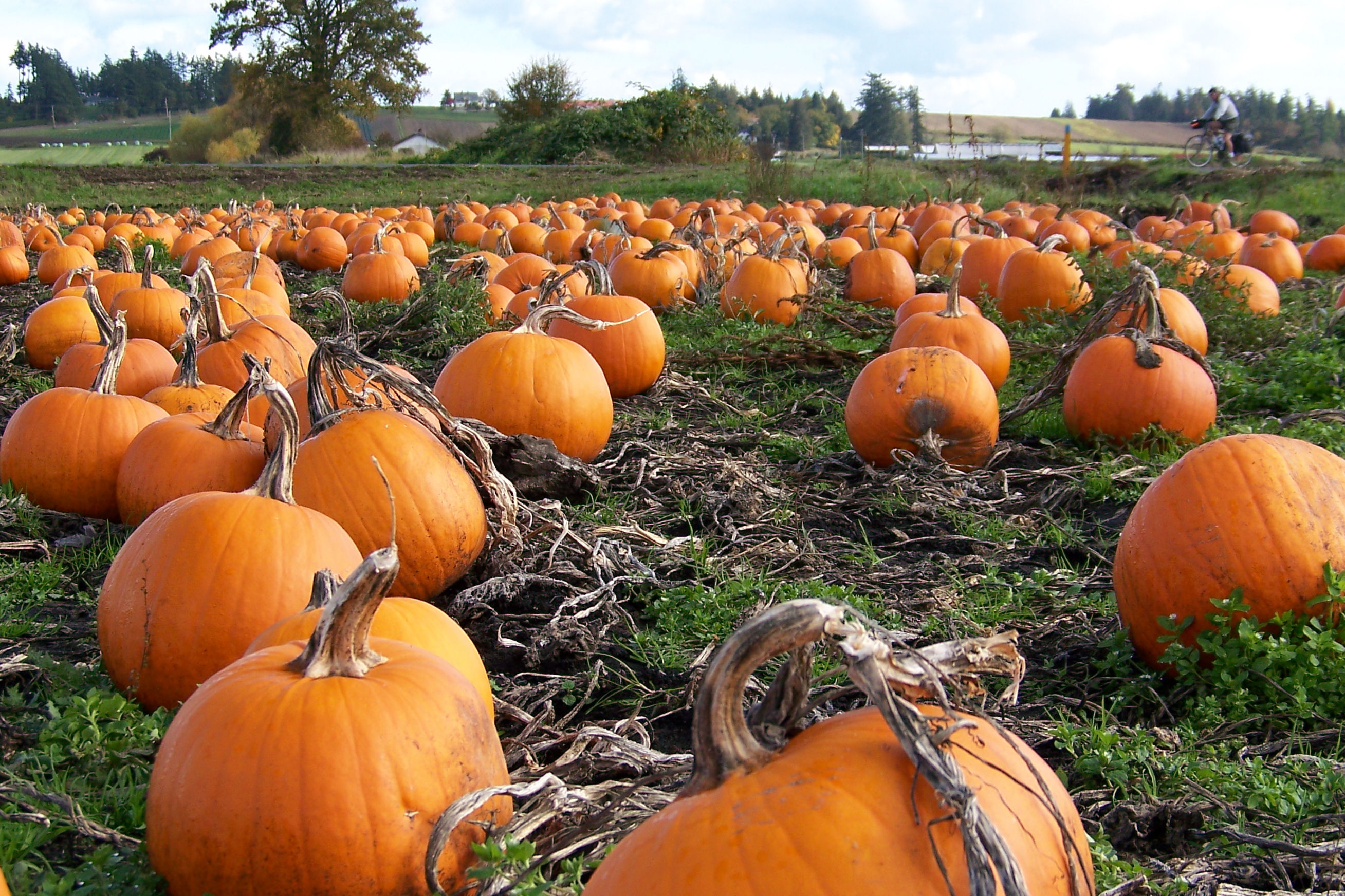
The demand for biofuels continues to grow. Producing fuels from plant matter is considered to be a carbon-neutral way to get energy and is an important part of efforts to move away from fossil fuels.
There does not appear to be an ideal feedstock for biofuel. Instead, many different sources are utilized including crop residues, forest residues, and municipal waste. But the demand for large amounts of biofuel leads to growing crops specifically for the purpose, which entails the conversion of crop land used for food into land used for fuel.
A recent study has looked at the use of double-cropping systems. The idea is that a winter annual biomass crop is grown and then harvested in the spring. This is followed by a summer annual food crop. The same land is used for both food and fuel.
The trick is finding crops with suitable growing seasons and whose yield is not unduly reduced by the two-crop system. The University of Illinois study looked at pumpkins for the food crop. Illinois provides about 90% of the processed pumpkin in the United States. The fuel crop used in the study was winter rye, which is relatively inexpensive to grow and is very hardy.
The results were promising. The pumpkin production was comparable to conventional methods and the biomass production actually yielded more economic value than the pumpkin crop.
These two crops are probably not the optimal ones to use in double-cropping. But the successful study shows that it may not be necessary to choose between food and fuel in agricultural land use.
**********
.
Web Links
Pumpkins could be the answer to the food vs biofuel crop dilemma
Photo, posted October 24, 2009, courtesy of Kam Abbott via Flickr.
.
Earth Wise is a production of WAMC Northeast Public Radio.
